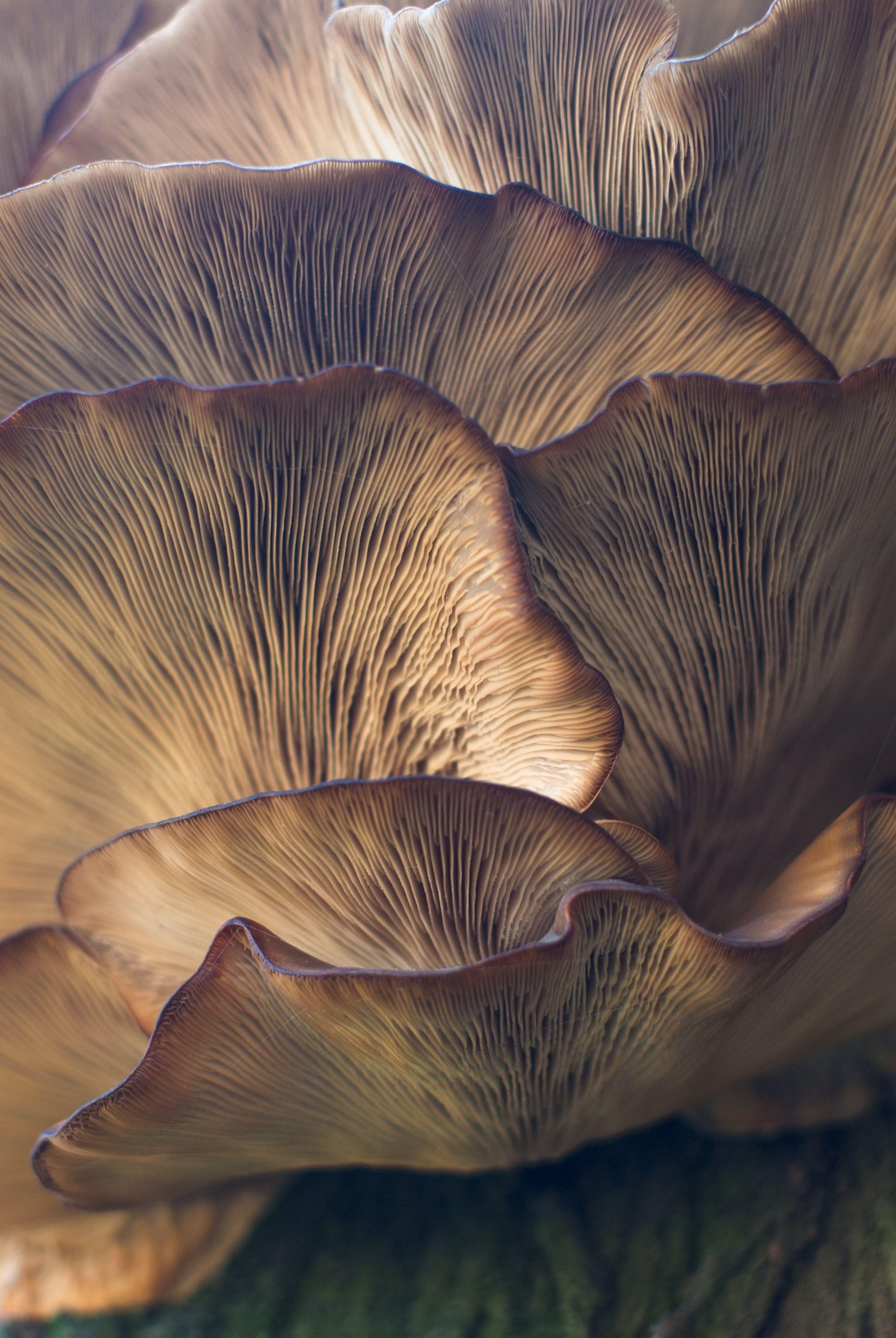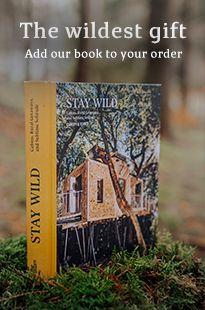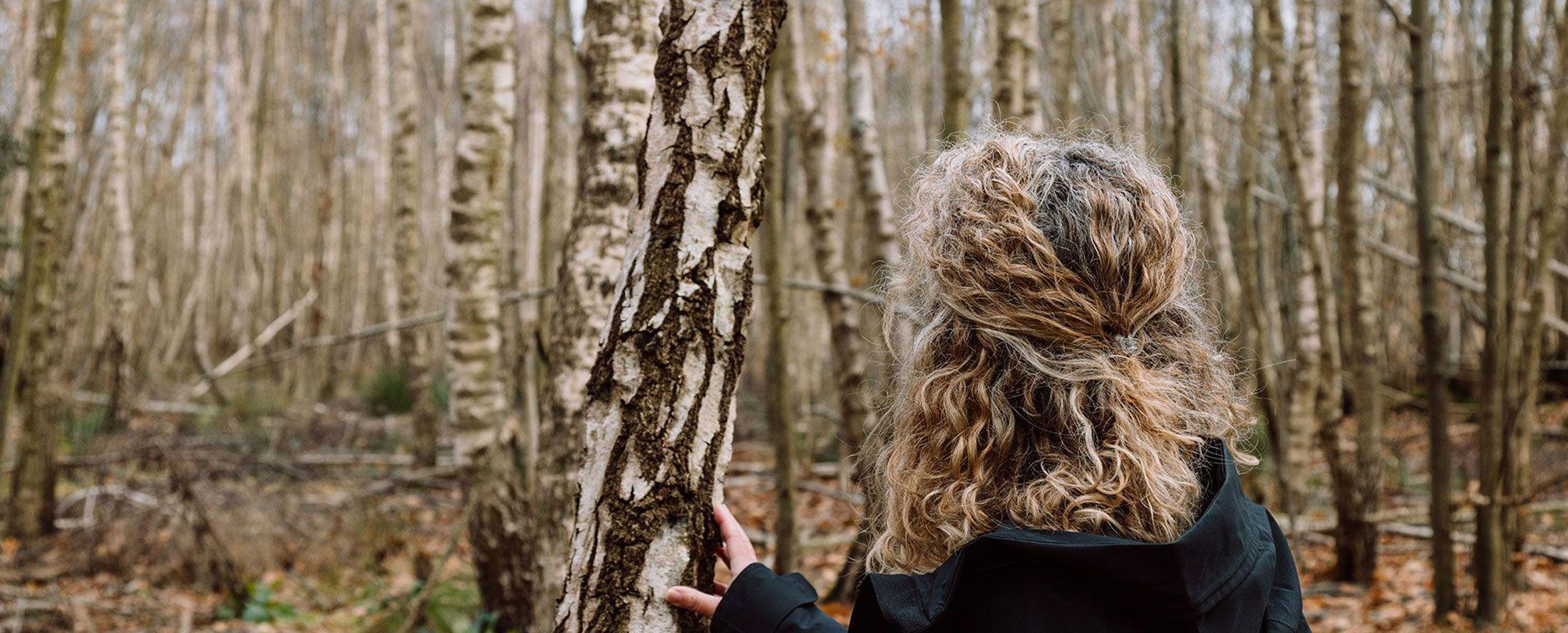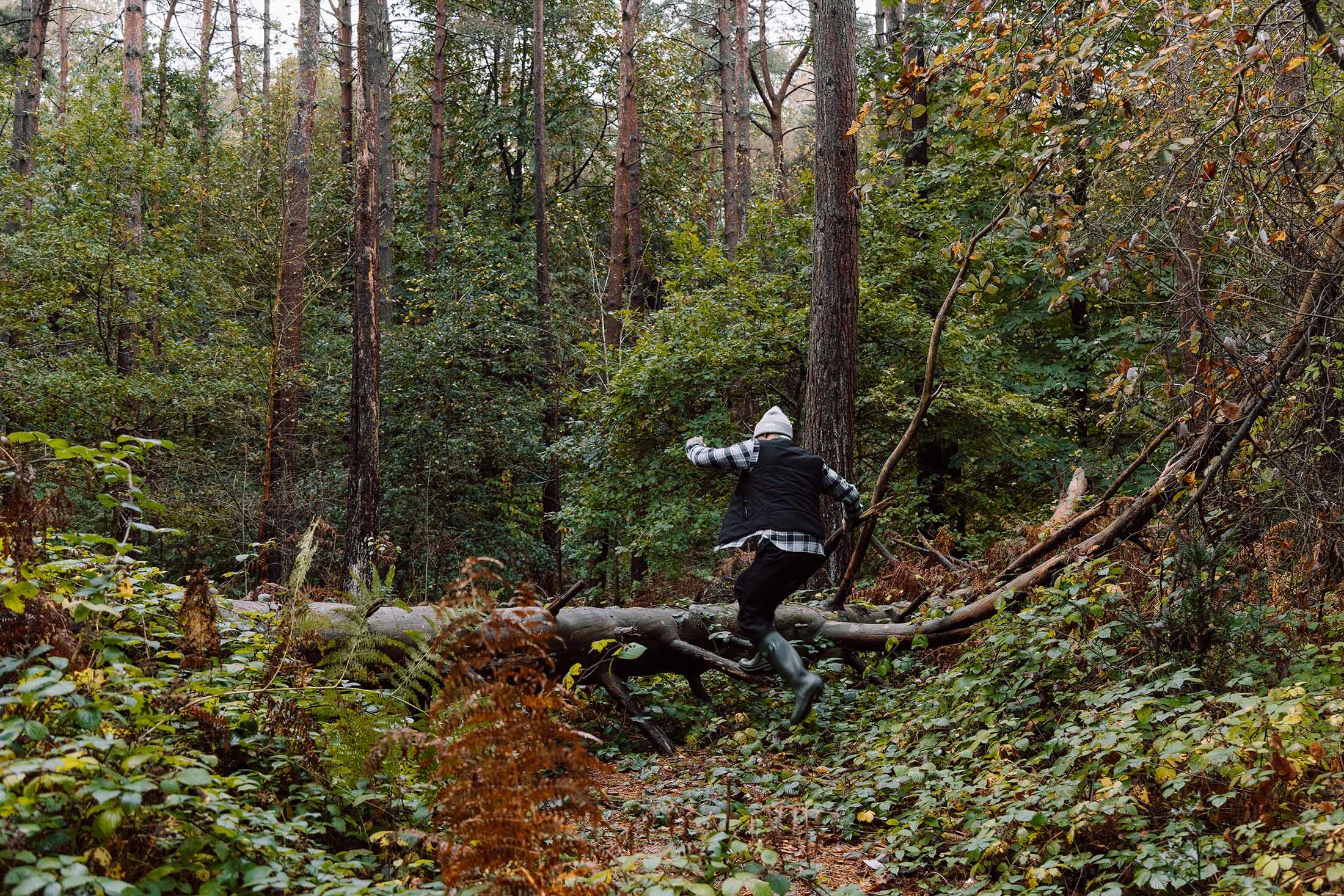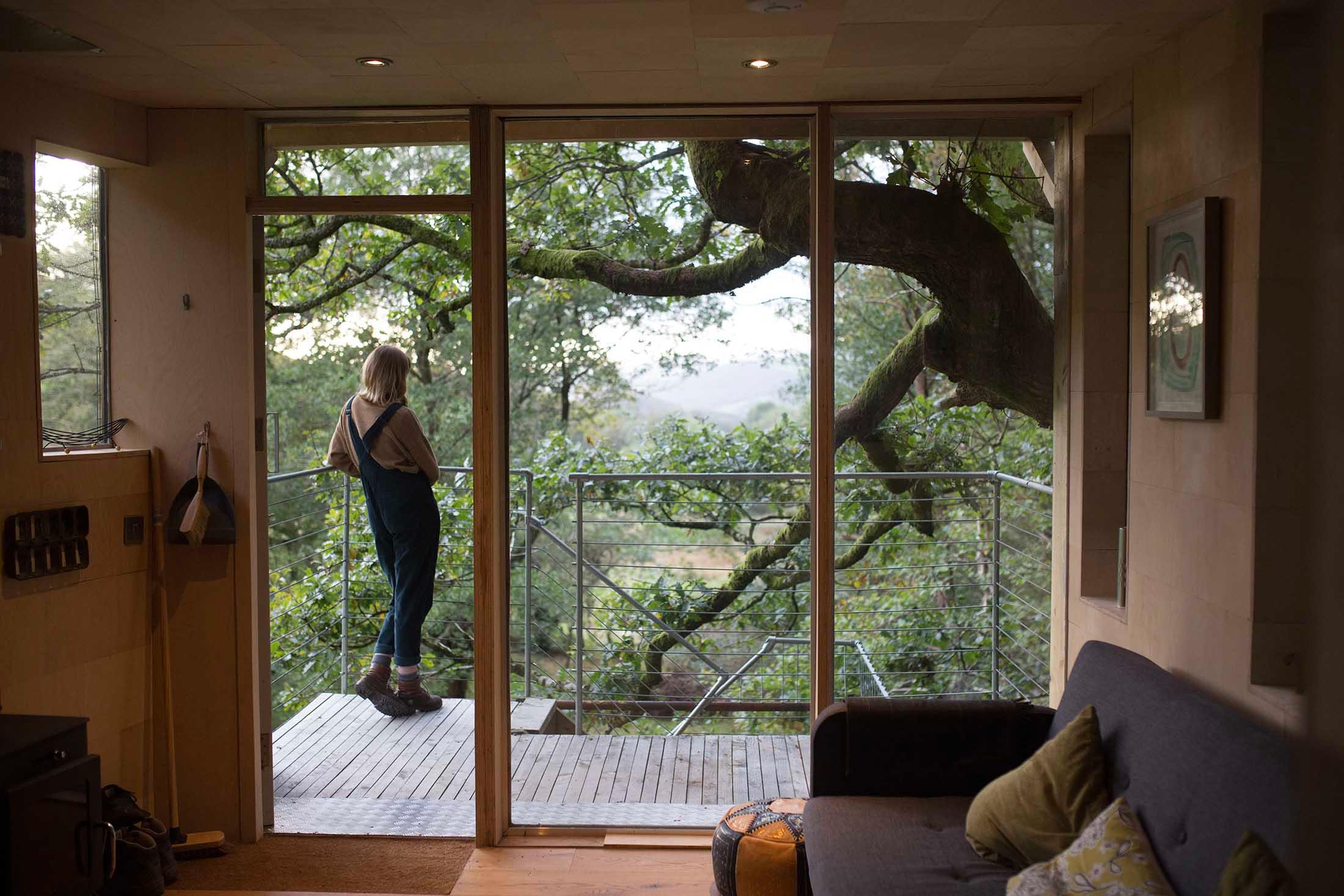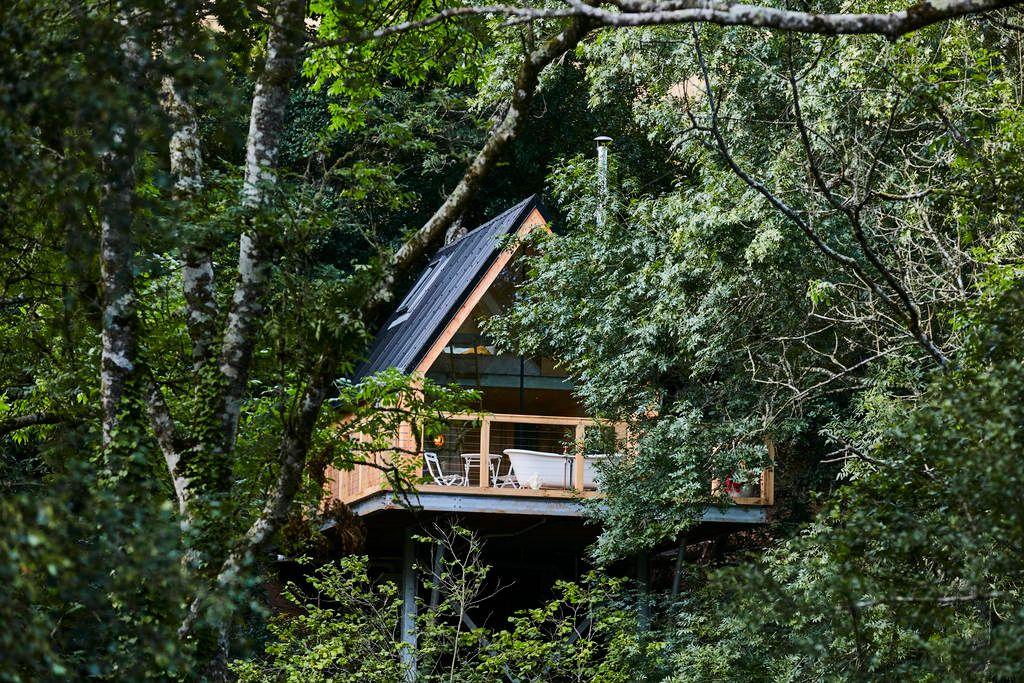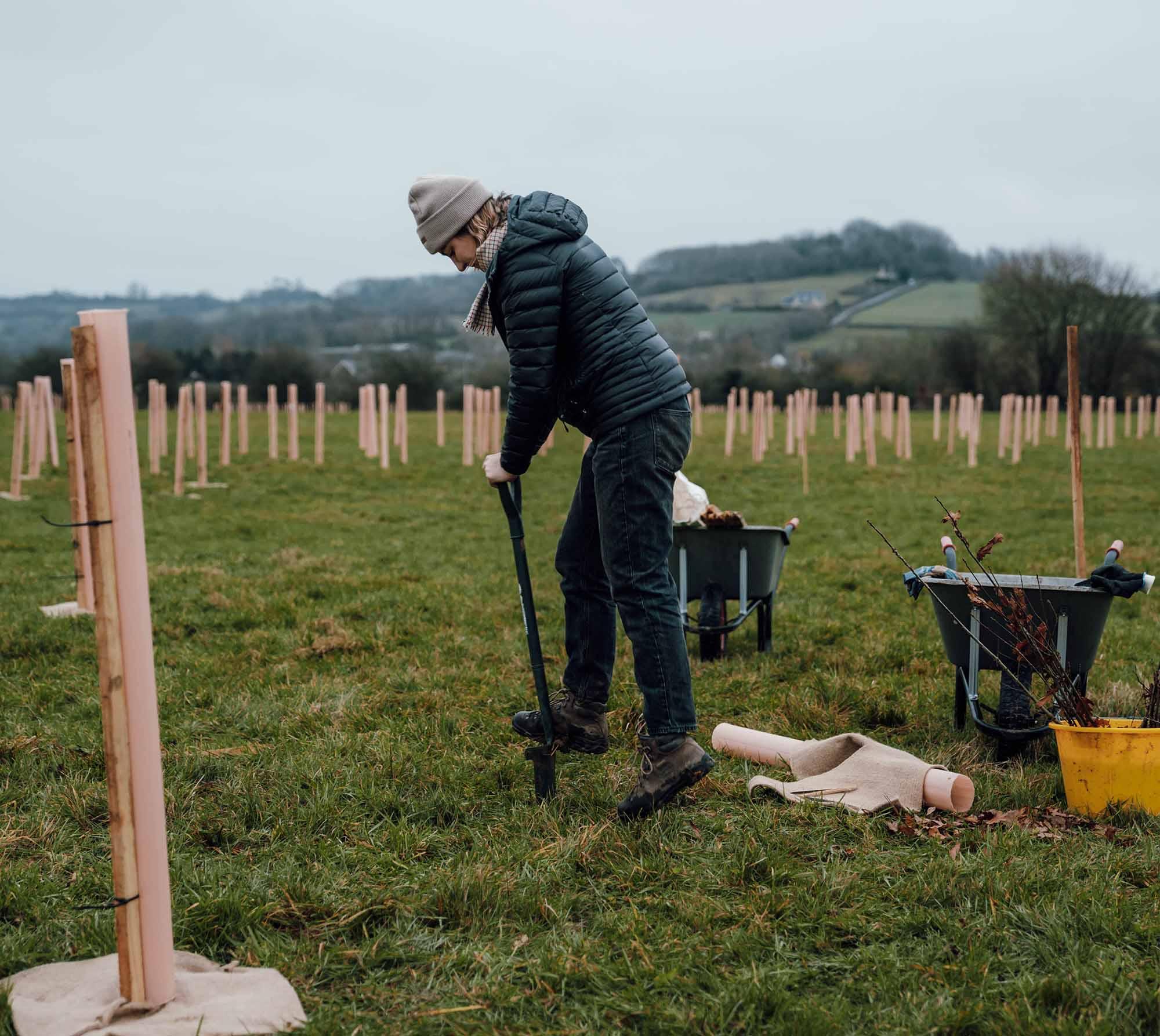Secrets sights of the forest
While we’d never argue against an aimless wander in the woods, there are some amazing things happening around you that it’s worth looking out for.
1. Crown Shyness
Take a moment now and again to look straight up (it’s probably better to stop first unless you like the taste of mud). If you look carefully, you might see surprisingly distinct gaps between the treetops above you. This phenomenon is known either as “crown shyness”, which we love as a name, or “canopy disengagement” which we’re obviously less keen on. While there’s widespread agreement that it’s beautiful to look at, there’s much debate about what causes it. The simplest theory was that it’s a simple product of damage caused by branches rubbing together in the wind, but a study in the 80s ruled this out. Some believe it to be an evolved protection against the spread of insects and bacteria and other that it’s a natural result of trees growing towards the light and avoiding areas shaded by the branches of others. A third theory posits that trees communicate through the release of chemical compounds and, in a way, lay claim to the space around them. More on this later...
2. The wood wide web
This might be a little harder to actually spot, but it’s fascinating to think about. We’re only now beginning to understand in detail how trees are not the independent organisms they appear. They are part of a complex network, nicknamed the Wood Wide Web, which connects them with one another for purposes of both competition and cooperation. Fungi that live around and inside the roots of trees, once thought to be doing nothing more than providing nourishment, are the cables and signal carriers. Trees use them to share resources and warn of threats like insects or disease. Some orchids have even learnt how to hack into this network and steal resources from nearby trees. While this might not be something you can really see happening, you can try keeping an eye out for saplings in the shade of mature trees of the same species. There‘s every chance that the older tree is logging on (sorry) and using the Wood Wide Web to provide them with vital sugars that they might otherwise struggle to find.
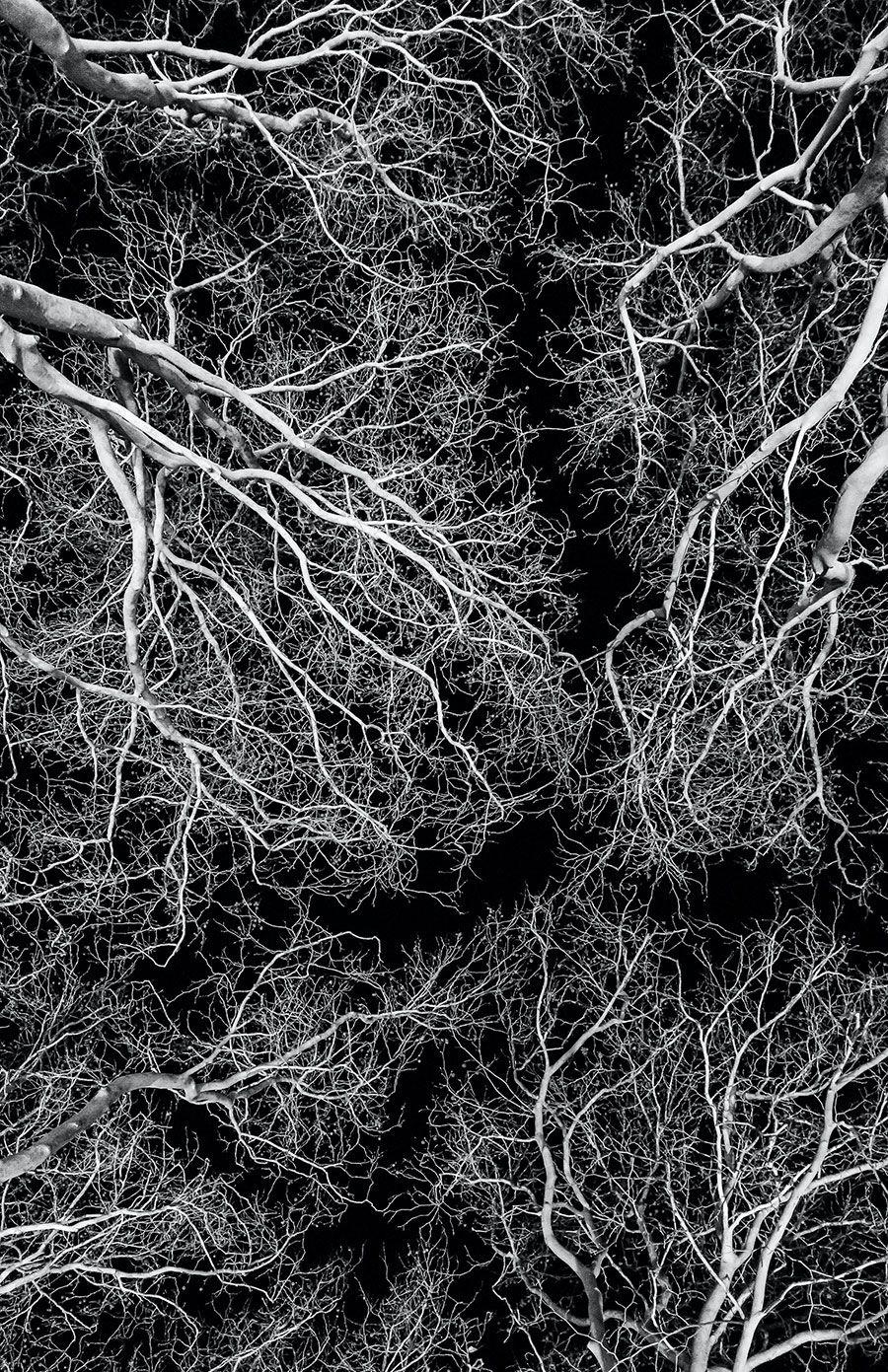
3. The lore of the rings
Tree rings have long been used to learn about the past. The process of dendrochronology (watch out for that first R) dates back to the 1920s, when astronomer Andrew Douglas and archaeologist Clark Wissler combined to investigate the age of ancient pueblos in Arizona. The rings are formed by the annual creation of a layer of cambium, the previous year’s layer having been turned into wood and bark as the tree grows. The thickness of that layer depends on the climate – temperature, precipitation or a combination of the two - at the time of its formation. While there are a few other factors that can affect ring growth, they remain a remarkably accurate record of the past climate and an effective rough dating tool. If you see a fallen tree, you can try and count back to find out how old it is, but you might also see dark, jagged lines that break up the rings, which are a sign of fungal infection. If you look really closely and you’re in the right terrain, you might also spot another fascinating thing - trees predicting the future. It has been found that trees which are tilted by gradual landsliding have rings that widen towards the downslope, forming an unseen warning of major landslides.
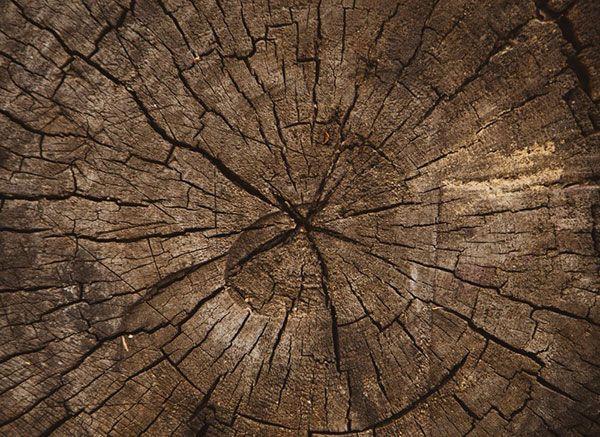
4. Ancient woodland, or is it?
The term ancient woodland is more than a dramatic way of saying that a forest is very old, it’s a specific type of landscape. In the UK, it’s defined as woodland that’s persisted since 1600 (1750 in Scotland), with little to no human development. This means that true ancient woodland is an incredibly complex community of plants, fungi, insects and microorganisms. Sadly, there is very little of it left, so identifying and protecting what remains is hugely important. There’s no single indicator that you’re in ancient woodland, but some good signs are the appearance of certain plants. No one species is enough on its own, but if you see the wild-service tree, bluebells, primrose and herb paris all in the same place, there’s a chance you’re in ancient woodland. Of course, short of chopping down an old-looking tree (please don’t do this) and counting the rings, it’s hard to be completely sure, but the Woodland Trust has a bit more information to help you decide. If you’re lucky enough to own that woodland, they can help you preserve and restore it too.
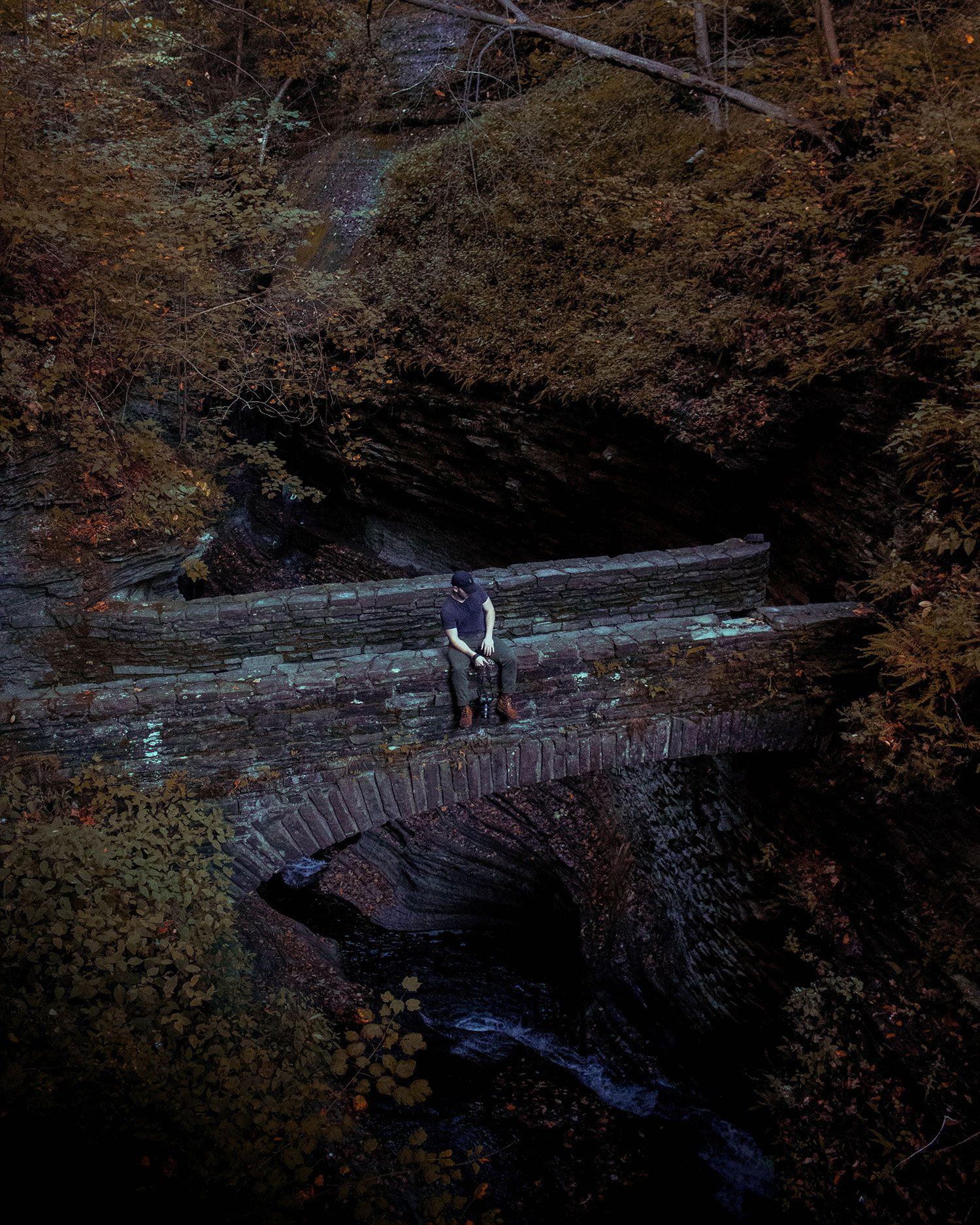
5. Magic mushrooms
After we opened with the suggestion of looking straight up, we end with the suggestion of looking down, around and under, on the hunt for mushrooms. There are around 15,000 species of fungi in the UK, so rather than being an exhaustive list, this is more of an encouragement to pause and appreciate the essential part in our ecosystems that fungi play. The part of a mushroom we see is only the upper section, that grows up from the ground or rotting wood to release spores. The rest is a network of mycelial threads that can stretch, in some cases, for miles. Fungi are, in fact, the largest living organisms on the planet. So keep an eye out for giant puffballs, that look like dinosaur eggs, the craggy black fungus known as Dead Man’s Fingers, or the tiny Amethyst Deceiver, which has an incredible, vivid purple underside and is often concealed by surrounding leaves and foliage. The latter is commonly found around the bases of beech trees, which gives you a chance of also seeing striated fan-shaped fungus known as a Turkey Tail. Finally, a disclaimer. We are only recommending spotting mushrooms, not eating them. If in doubt, remember the famous countryside mantra, “take only photos, leave the darned mushrooms alone, you idiot.” Not only will you live longer, but the beautiful fungus will be around for many more people to see.
